Palace at Sobieszyn, Lublin, one of Poland’s Endangered Monuments
More Info: realportico
Poland’s rich history is beautifully preserved in its architectural landmarks, which testify to its noble past. While renowned tourist cities like Kraków boast well-known sights, there exists a sad reality in the rural areas where countless palaces, historic manor houses, and mansions suffer in neglect, longing for restoration and admiration.

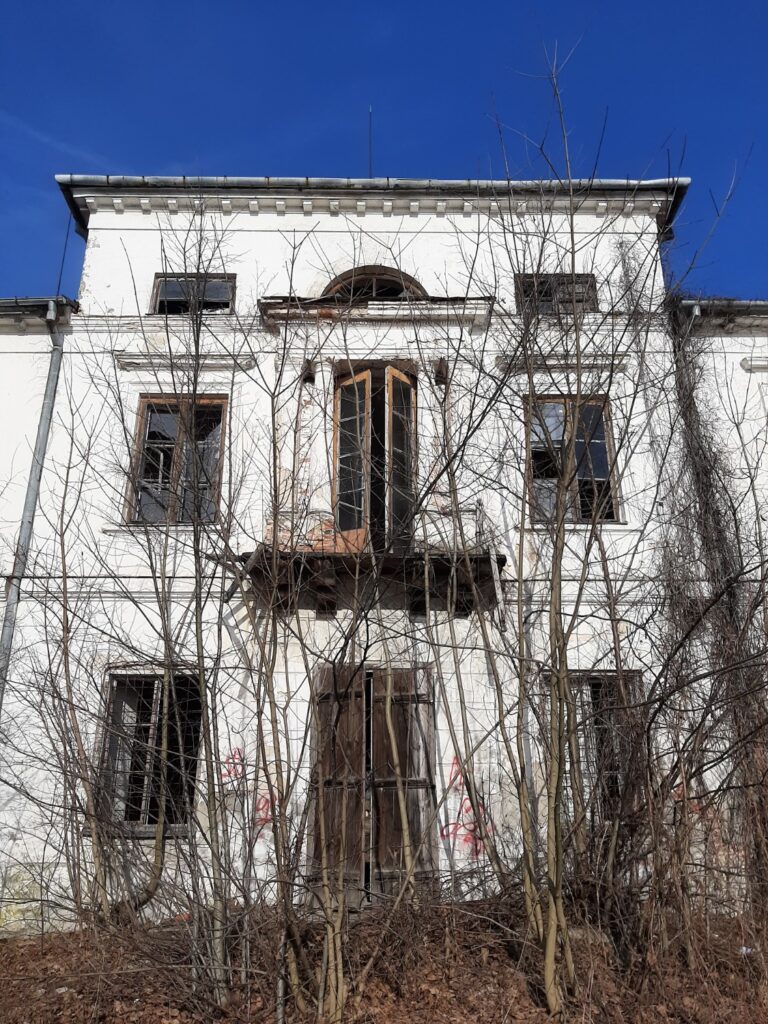
However, Poland’s dedication to its cultural heritage is unwavering. Over the past three decades, numerous associations, foundations, and private individuals have invested significant efforts into resurrecting these ruins, thus unveiling the nation’s unique cultural landscape to the public eye. Yet, despite these endeavors, the list of monuments in dire need of attention remains extensive.
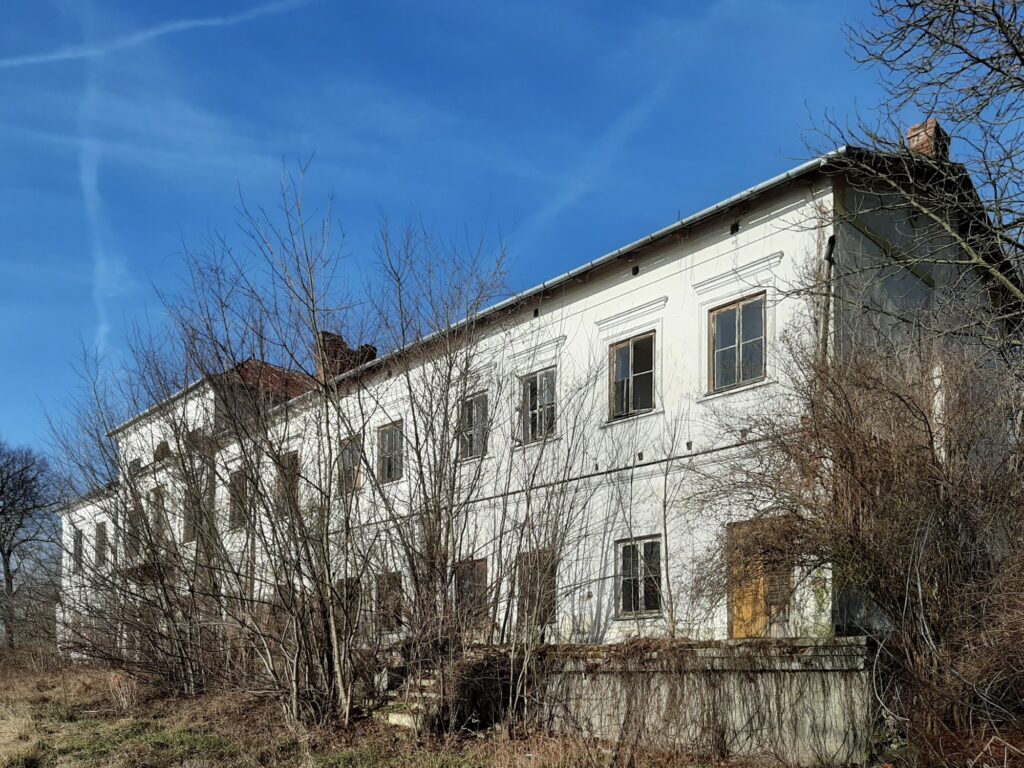
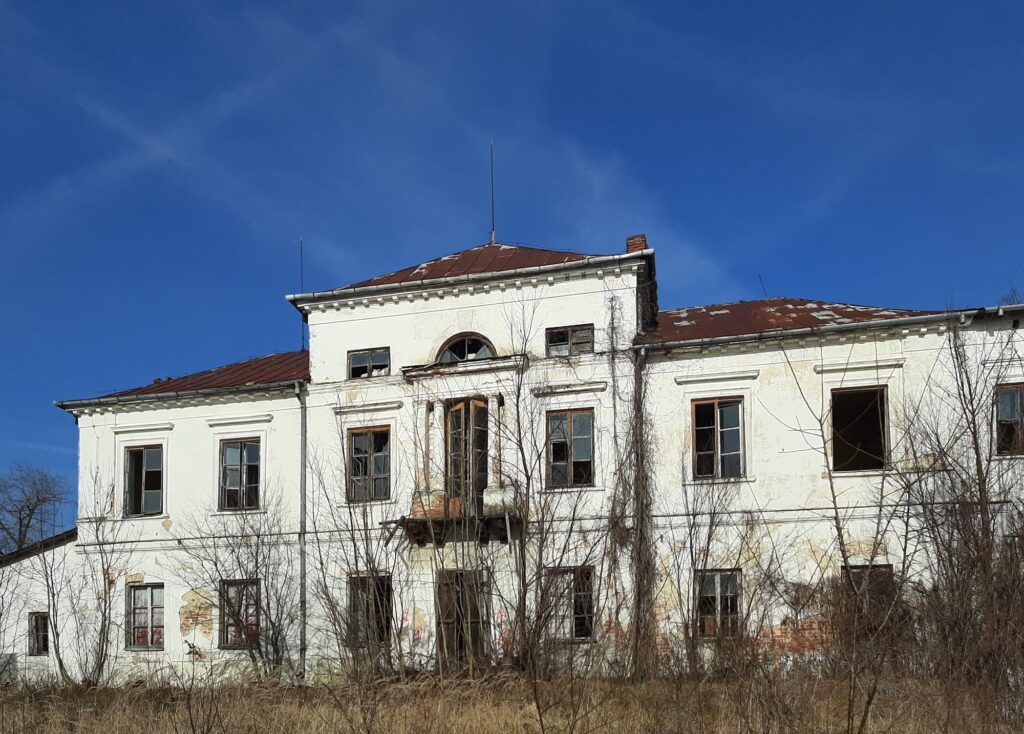
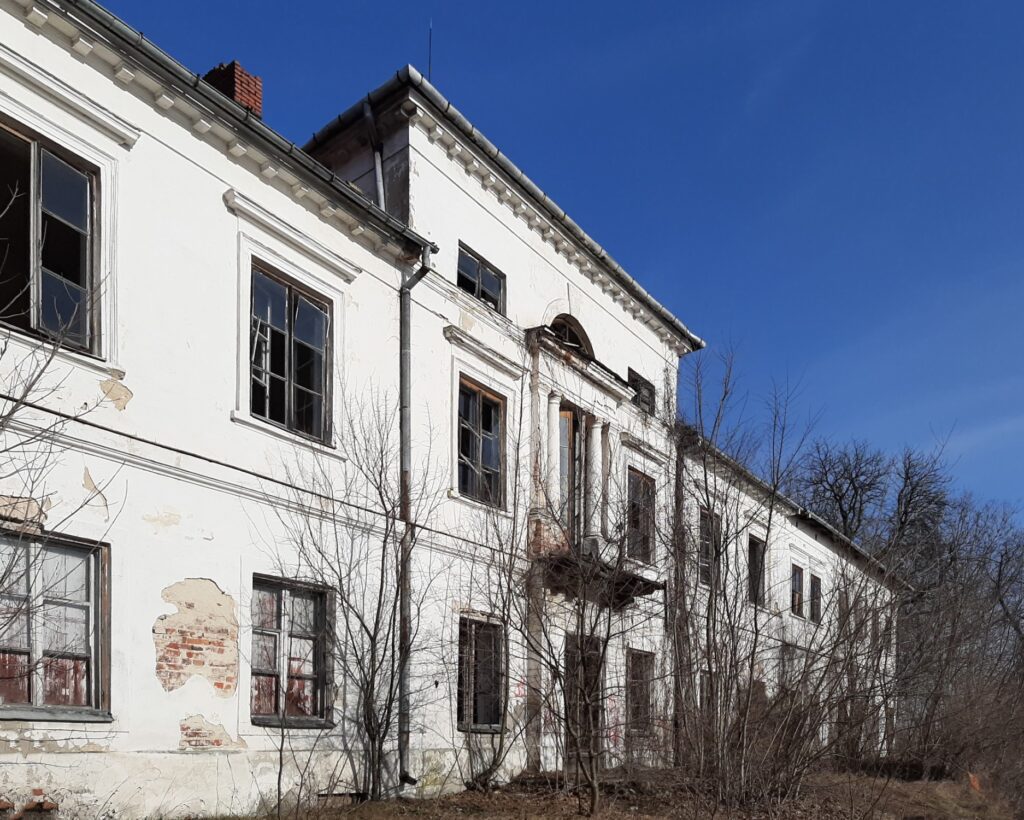
One such endangered treasure currently under the spotlight is the Sobieszyn palace in the Lublin province near the town of Ryki. This majestic mansion, constructed in the early 19th century, is believed to be the work of the esteemed Polish architect Chrystian Piotr Aigner (1756-1841), renowned for his contributions to the classicist style. Initially commissioned by Count Kajetan Kicki, the palace passed into the hands of his wife, Zofia, upon his demise in 1878. In his will, Count Kicki mandated that all his assets be utilized for social purposes after Zofia’s passing. The generated income from exemplary agricultural practices would then be allocated toward establishing nursing and educational institutions. Consequently, a foundation was formed to finance a drainage test station and conduct crucial agrarian research.


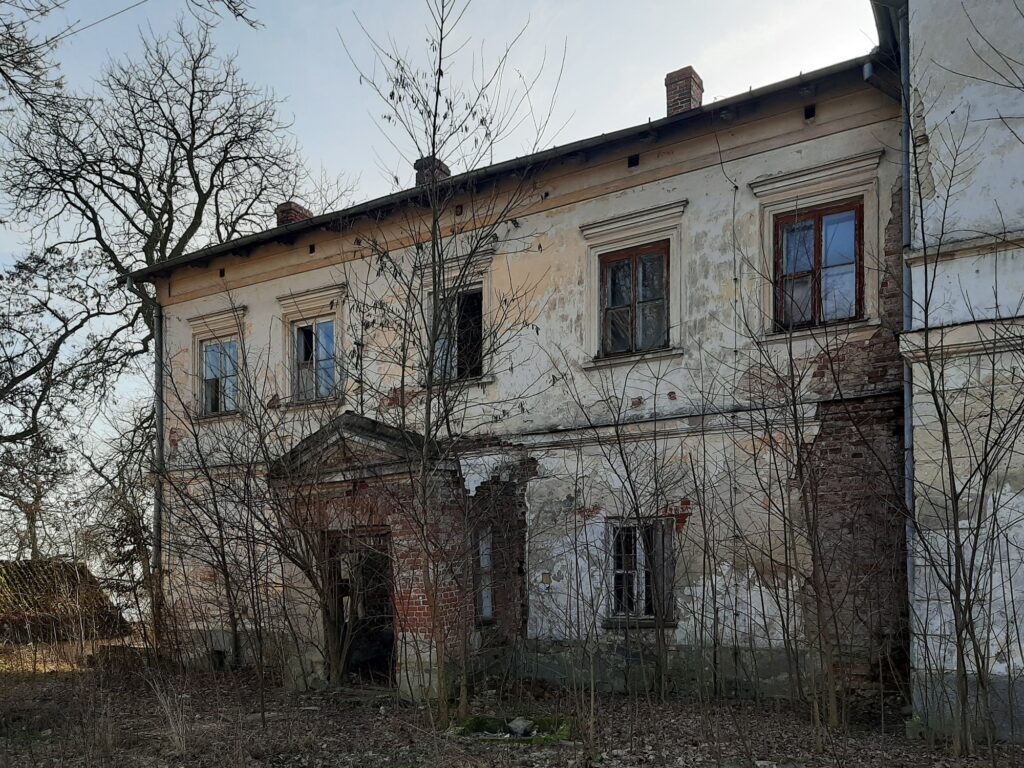
By 1890, the estate had transformed into a significant agricultural experimental station within the Kingdom of Poland. Towards the close of the 19th century, the castle underwent further adaptation, housing a rural school that transitioned into a high school in 1923. Unfortunately, the aftermath of the Second World War resulted in the farm’s settlement and the educational institution’s subsequent downsizing. In 1951, a renovation project reshaped the palace’s interior layout to cater to future utilization. Subsequently, the building served as a medical center during the 1960s and later as a kindergarten.
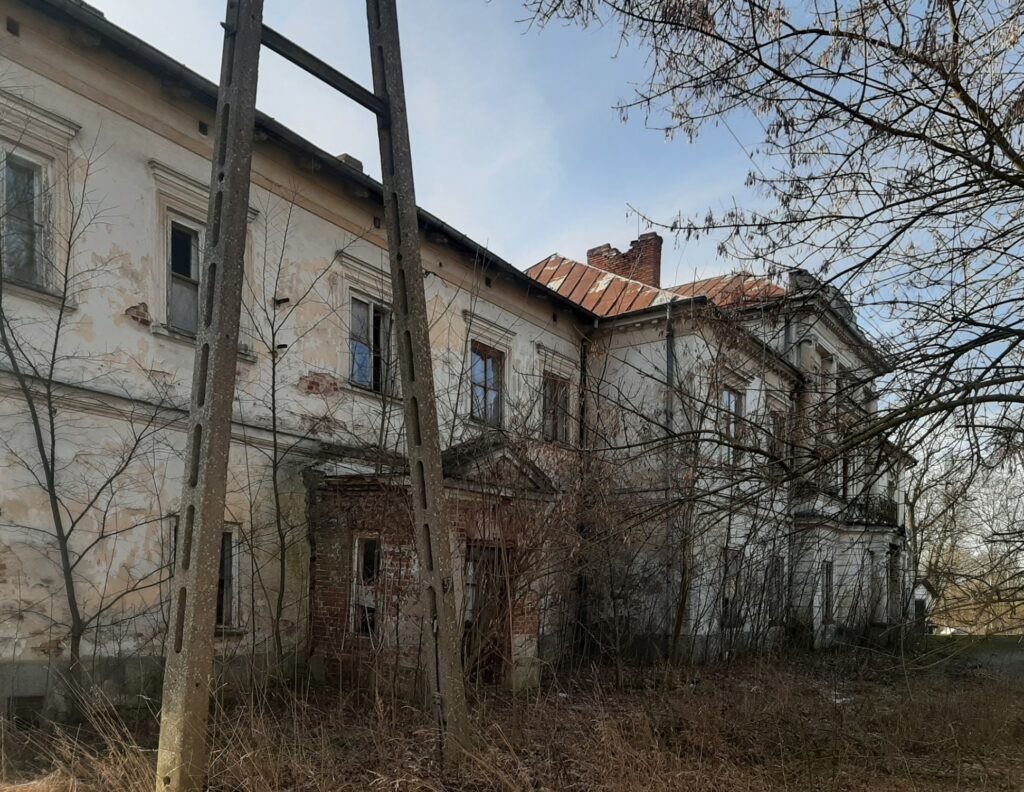
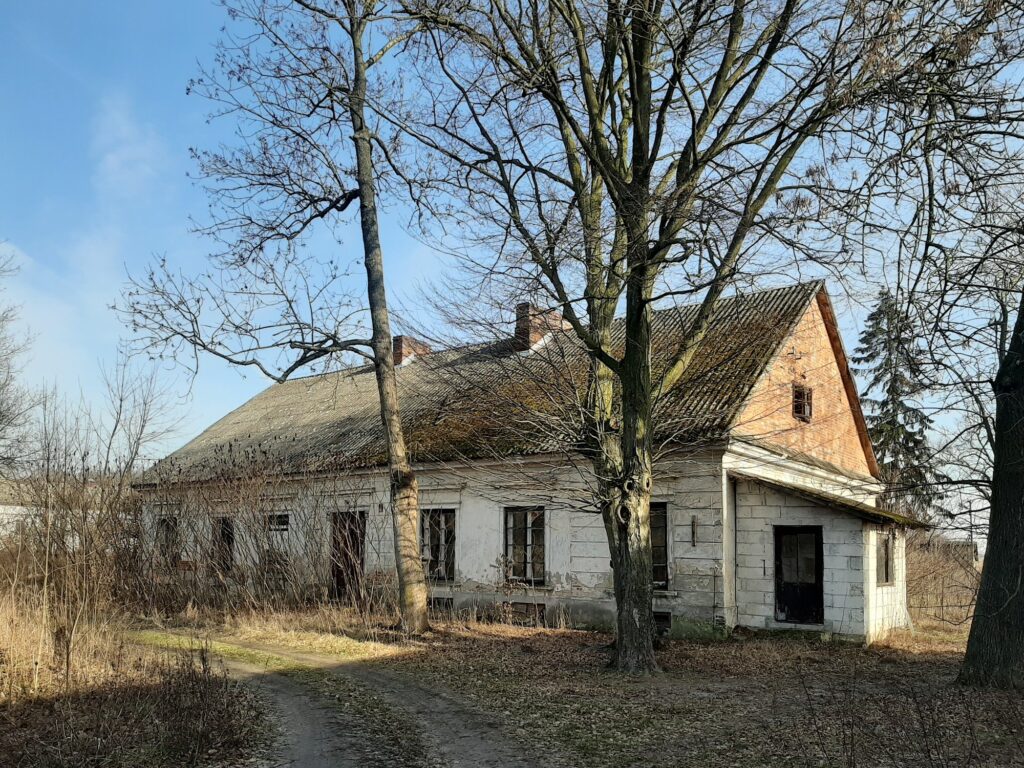
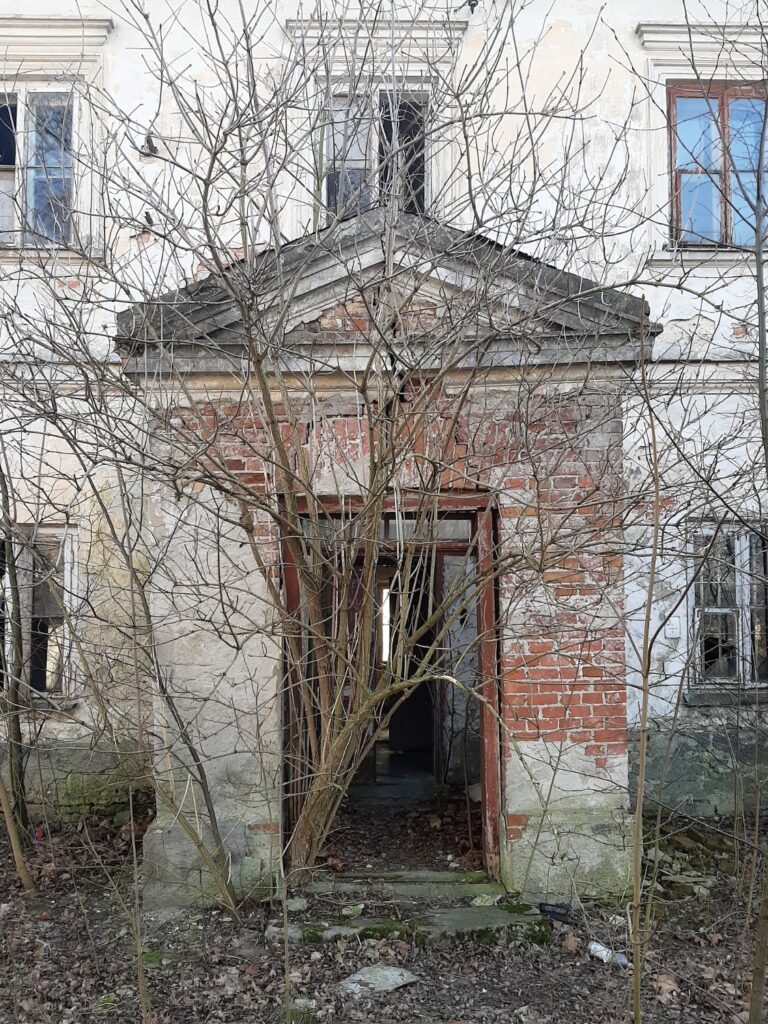
Tragically, since the 1990s, the palace has languished in neglect, abandoned, and unsecured. The decaying state of this architectural gem poses a significant threat to its preservation and highlights the urgency of intervention.
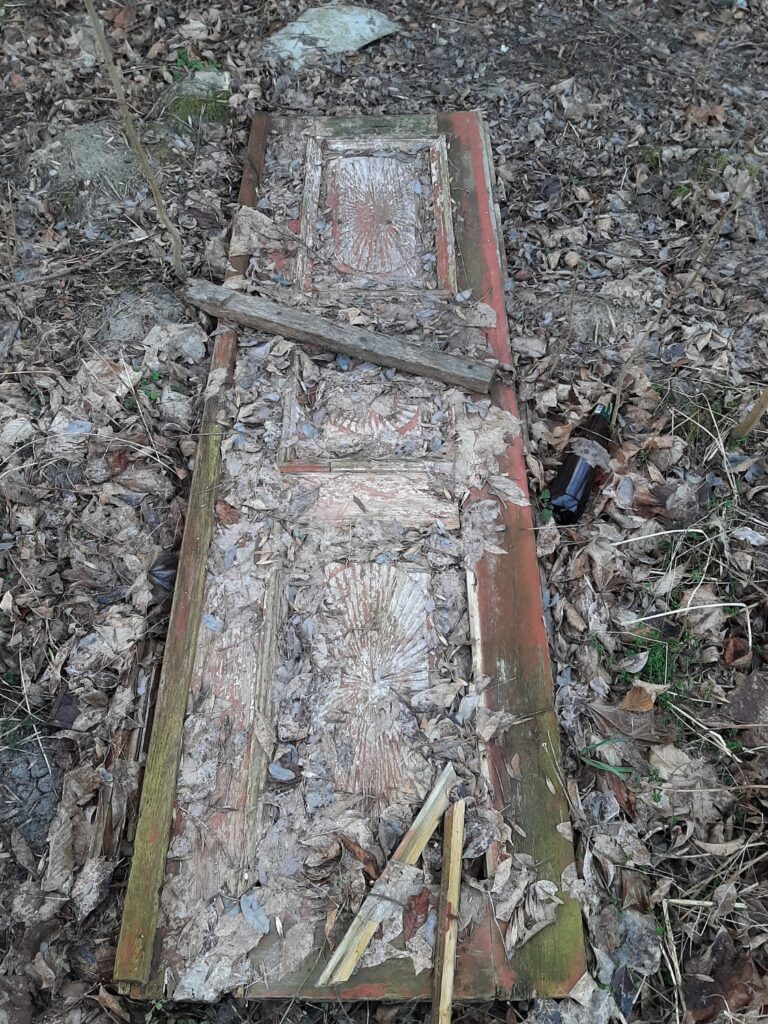

Architecturally, the palace boasts a rectangular arrangement, constructed with plastered brick walls crowned by a hipped roof. The central axis features a grand entrance flanked by Tuscan columns, supporting a first-floor balcony adorned with an exquisite cast iron railing. Modest extensions were added to the original design, covered with gabled roofs featuring sheet metal sections.
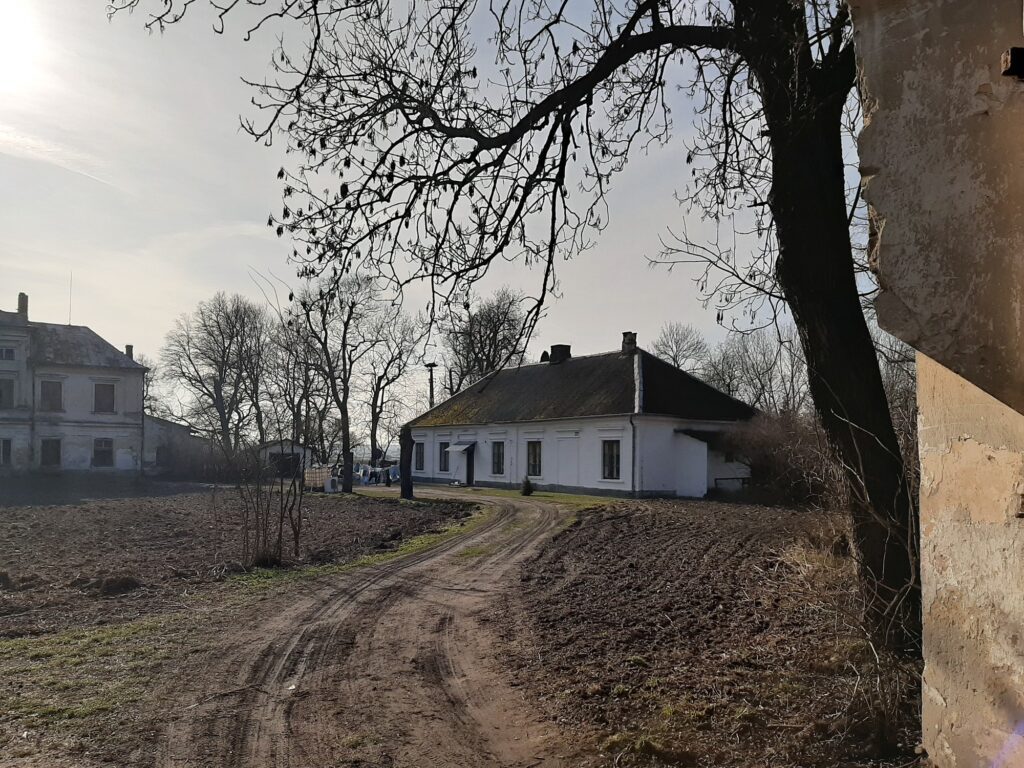
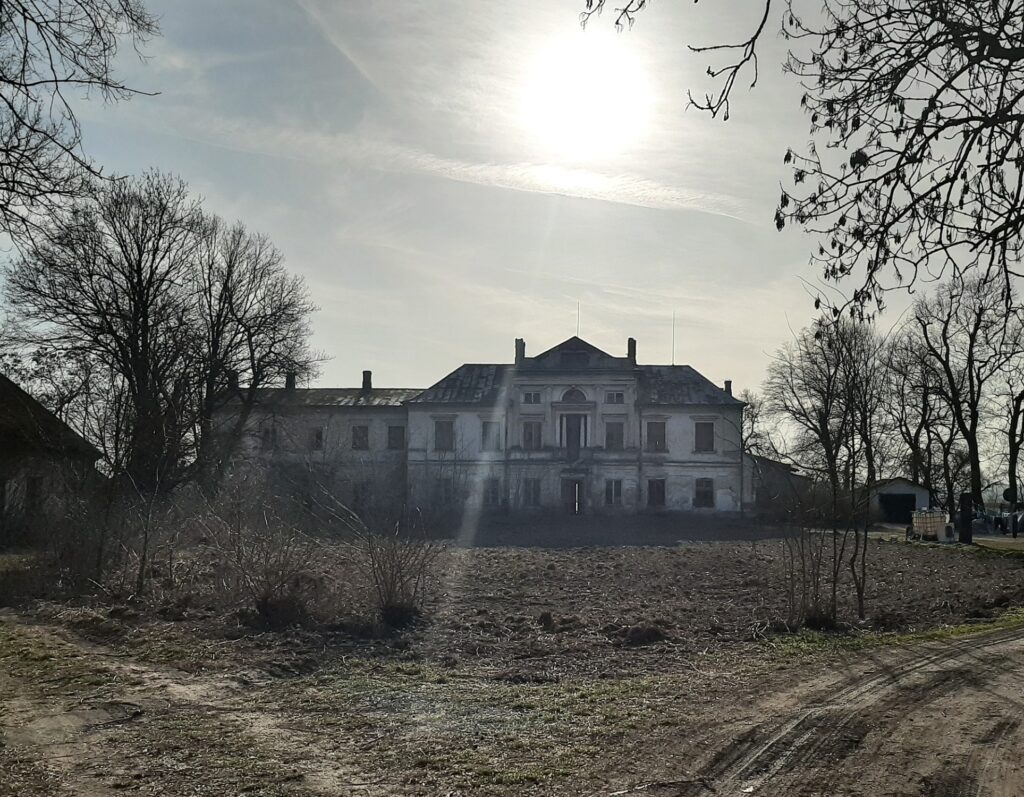
While the palace’s entrance underwent modifications, including adding an anteroom, a small hallway with the primary staircase to the upper floor remains to the right of the door. The estate encompasses two outbuildings, one of which is currently inhabited. The palace is privately owned and has been subject to multiple auctions in recent years. Unfortunately, a positive development for its restoration is not foreseeable, and unless immediate action is taken, another auction seems inevitable.
Photographs published with the permission of the photographer